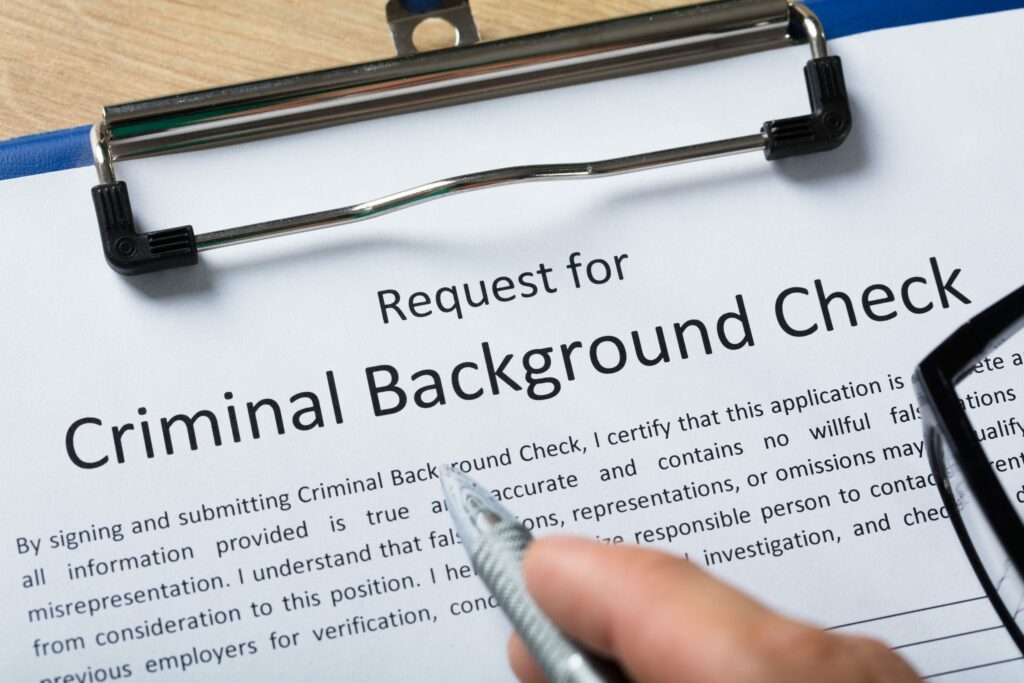Step 1 – Obtain A Detailed Explanation
The first step is to obtain a detailed explanation for why your claim was denied. The Social Security Administration (SSA) should provide you with a letter explaining their decision. This letter is crucial because it will explain the specific reasons why your claim was denied. The letter will also contain important information about your deadlines to appeal the decision.
If you do not receive a letter from SSA or if you have trouble understanding the letter you received, do not hesitate to contact them for assistance.
















